Cut Back on These 7 Outdoor Trends Buyers Hate
Cut Back on These 7 Outdoor Trends Buyers Hate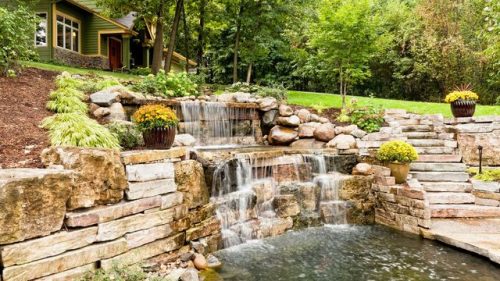
Depending on where you live, the first green shoots might just be poking through the ground, but that’s enough to get us thinking about enjoying the perfect days of summer out on the porch or patio. If you’re selling your home, you’ll want to make sure prospective buyers can also picture themselves blissing out in the fresh air—and avoid turning them off with questionable decor decisions.
For Reba Haas, a Realtor® with Re/Max Metro Eastside in Seattle, a prime outdoor offender is the budget fire pit.
“Poorly made pits surrounded by cheap, plastic camping chairs look sad in photos,” she says. Bottom line: Unless you can put a little money into this element, leave it out. Got it?
From the wrong trees and shrubbery to poor patio lighting and pools, here are seven more outdoor trends that experts say you should avoid in order to sell.
1. Landscaping laid out with a ruler
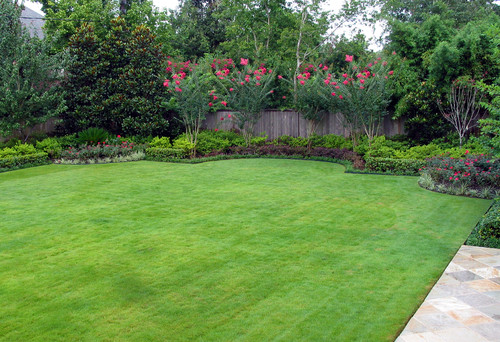
Nice, neat lines used to be the trend for planting flower beds and bushes, but today’s outdoor look is much more natural.
“Nature isn’t geometric or straight, so don’t plant your yard that way,” recommends Chris Lambton, a professional landscaper and host of DIY Network’s “Yard Crashers.” Instead, he suggests, add some curved lines to your planted beds and yard design for a softer, more realistic appearance. No flower beds? Consider arranging slate pavers or a brick walkway in a winding shape.
2. The same cheap trees everyone has
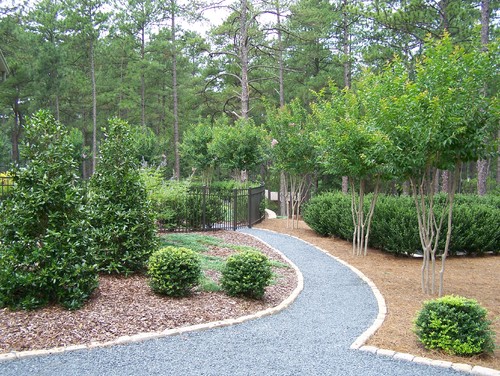
Typical foundation planting used to include yews, rhododendrons, and dwarf Alberta spruces, says Lambton.
“They were cheap to install, grew well in most climates, and gave a year-round green look; but today’s homeowners can do much better,” he notes.
Choose trees wisely, including eastern red cedar, sugar maple, Colorado blue spruce, and myrtle. Steer clear of the ones that rain leaves and needles (pecan, oak, sweet gum, eastern white pine), and your look will be neater and easier to maintain. And when it comes to placement in your yard, think strategically.
“Don’t plant trees too close to the fence line or the branches, leaves, and pine cones will drop into your neighbor’s yard,” says Art Freedman, founder and CEO of Max Warehouse, a home and garden center in Sacramento, CA.
“And don’t let anyone put large trees near the foundation of your home,” warns Burt DeMarche, president of the LaurelRock Co., a landscaping company in Wilton, CT. This trend leads to branches growing into the house and limbs landing on the roof, especially during stormy weather.
3. Overly bright outdoor lights 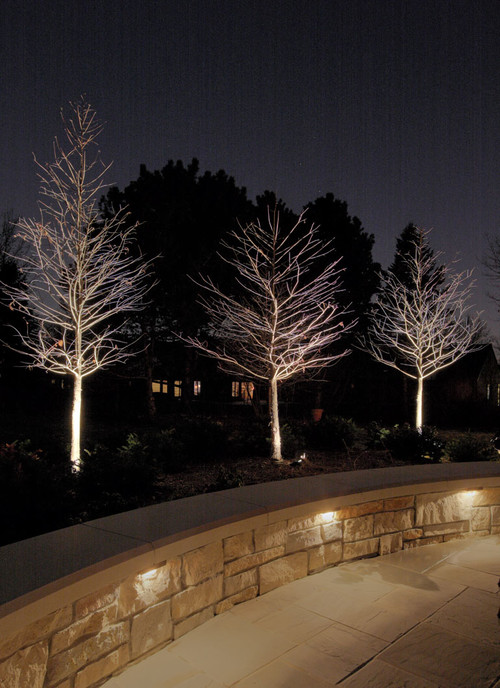
Lighting design has become popular, but overdoing this look can be a disaster for your neighbors. It’s one thing to highlight a few select trees in your backyard, but quite another to install wattage that resembles a major-league stadium, says Freedman.
“Obnoxious outdoor lighting can take a toll on others on your street, particularly motion-activated or overly bright lights that shine into neighbors’ windows,” says Charli Hantman, owner of August Black Interior Design in New York City. Tone down this trend with a more measured approach: Stick to bulbs that are 50 to 75 watts, and don’t use anything stronger than the fixture allows.
4. Garishly colored mulch
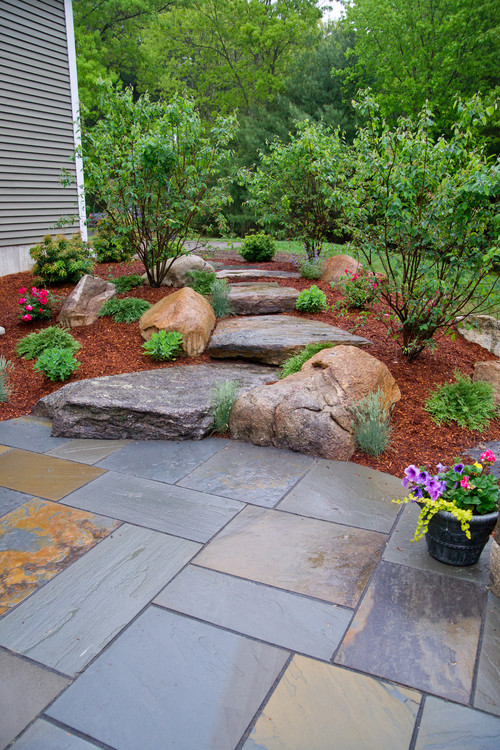
Who started this crazy tend, anyway?! Some gardening enthusiasts swear that red or black mulch is better for certain plants and may absorb sunshine and keep the ground warmer, but in reality these unnatural hues can be a real turnoff. Your best bet here is to embrace natural bark instead.
“Colored ones seem to decompose more slowly and may be more susceptible to fungus that can then attach itself to nearby trees or shrubs,” says DeMarche. These tinted mulches have also been found to slow the growth of established plants and even starve new ones by tying up the available food in the soil, he adds.
5. Splashy water features

The water trend is definitely appealing to some, but unless you live in a pool-loving state (Arizona, Florida, Nevada), putting one in might not pay off.
According to the National Association of Realtors®, installing and equipping a concrete pool can cost $30,000. And potential buyers who are planning a family (or already have young kids) will have to deal with the constant safety concerns and upkeep costs. As for ponds and fountains, keep in mind that while water can improve the overall health of your garden, it also attracts insects and larger creatures (eww!).
6. Over-the-top landscaping
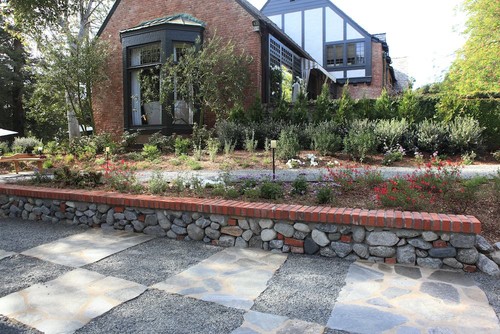
“People sometimes go a little overboard with certain natural elements without considering how they’ll affect the neighbors or potential buyers,” notes Freedman.
Elaborate plantings, sculpted trees, and deep flower beds filled with annuals may seem lush and inviting, but a future homeowner will probably wonder how hard he or she will have to work to keep up this look.
One person’s weeding and trimming fun might be another’s weekend drudgery. Overwrought plantings are a thing of the past; modern homeowners are happier with simpler designs and fewer bushes to fertilize and water.
7. Huge lawns 
Lose the ginormous lawn, pleads Cassy Aoyagi, president of FormLA Landscaping in Los Angeles.
“It’s so boring the way it wraps around every single American home, regardless of location or architectural style,” she says.
For a better, more on-trend look, plant less grass and more native foliage. A smaller lawn means less mowing and watering, too: “It can be arranged in a way that complements your home’s distinctive features and gives your property and its surroundings some flair.”
Choose plants and flowers that grow and thrive naturally in your area (for example, hardy, drought-resistant shrubs make sense in California and the Southwest).
Article by: Jennifer Kelley Geddis
Article found: https://goo.gl/Xp1abq



